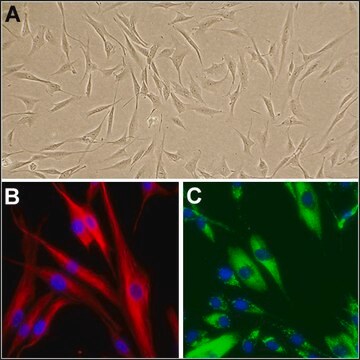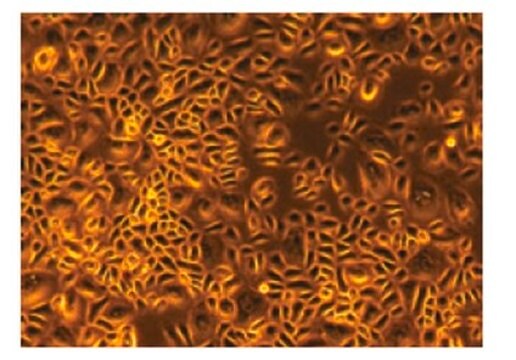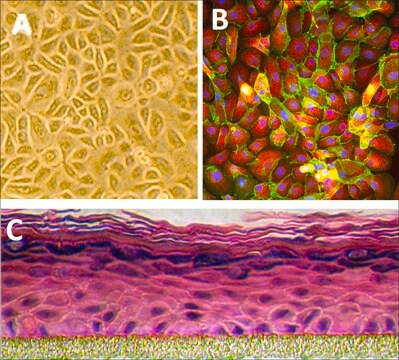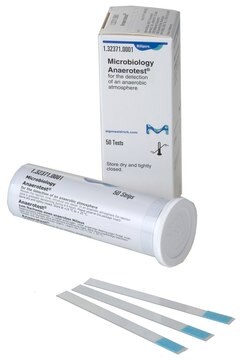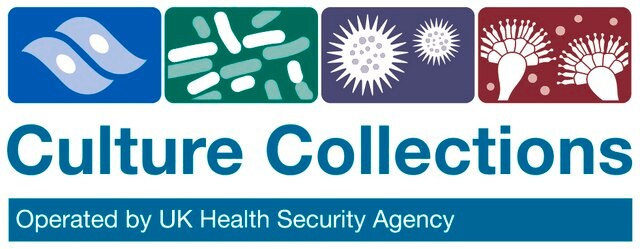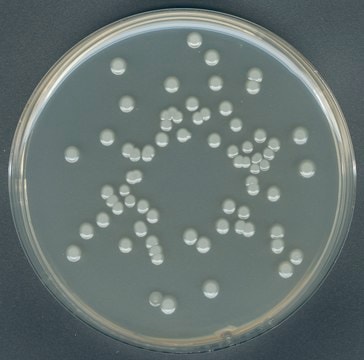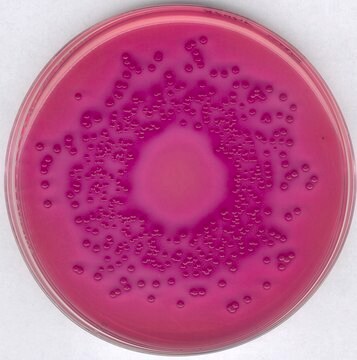102-05A
Human Epidermal Keratinocytes: HEK, adult
Sinônimo(s):
HEK cells
About This Item
Produtos recomendados
fonte biológica
human neonatal foreskin or adult skin (normal)
Nível de qualidade
embalagem
pkg of 500,000 cells
fabricante/nome comercial
Cell Applications, Inc
modo de crescimento
Adherent
cariótipo
2n = 46
morfologia
Epidermal
técnica(s)
cell culture | mammalian: suitable
doença(s) relevante(s)
allergies; cancer
Condições de expedição
dry ice
temperatura de armazenamento
−196°C
Categorias relacionadas
Descrição geral
Epidermal keratinocytes comprise 90 % of all cells found in the epidermis, the outermost layer of skin. They produce keratin, the intermediate filament, largely responsible for skin’s barrier function. Through their interactions with epidermal melanocytes, keratinocytes obtain melanin and store it as a means of protection from UV radiation.
HEK provide an excellent model system to study many aspects of epithelial function and disease, particularly those related to skin biology and toxicology, as well as HPV infection.
When grown on inserts and provided with the liquid/air interface, HEK can differentiate into a stratified squamous epithelium and serve as a more physiological 3D tissue model for in vitro studies.
Origem de linhagem celular
Aplicação
Componentes
Nota de preparo
- Primary culture, >500,000 cells in Basal Medium containing 10% FBS & 10% DMSO
- Can be cultured at least 16 doublings
Rotina de subcultura
Exoneração de responsabilidade
Código de classe de armazenamento
11 - Combustible Solids
Classe de risco de água (WGK)
WGK 3
Ponto de fulgor (°F)
Not applicable
Ponto de fulgor (°C)
Not applicable
Escolha uma das versões mais recentes:
Certificados de análise (COA)
It looks like we've run into a problem, but you can still download Certificates of Analysis from our Documentos section.
Se precisar de ajuda, entre em contato Atendimento ao cliente
Já possui este produto?
Encontre a documentação dos produtos que você adquiriu recentemente na biblioteca de documentos.
Nossa equipe de cientistas tem experiência em todas as áreas de pesquisa, incluindo Life Sciences, ciência de materiais, síntese química, cromatografia, química analítica e muitas outras.
Entre em contato com a assistência técnica